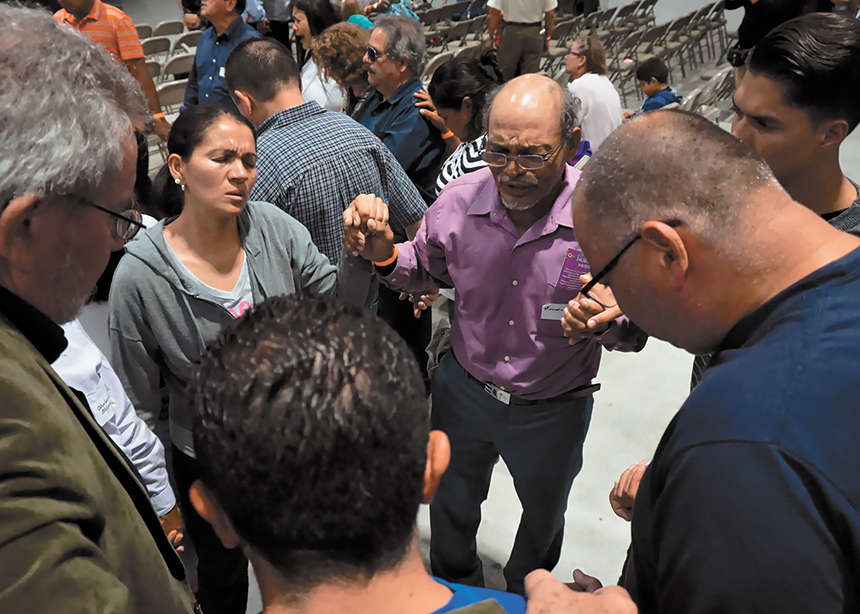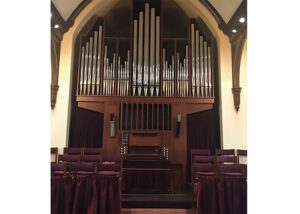Strange, I know, but I like to read financial statements. I remember, in my early 20s, listening to the treasurer in our Toronto congregation explain how to understand financial statements when they were meaningless to me. Since then, I have learned that financial statements show us how we think about our priorities and relationships. Numbers and their labels tell lots of stories.
One thing that intrigues me about church financial statements is the word “partner.”
César García, the general secretary of Mennonite World Conference (MWC), and my boss, squirms uncomfortably every time he sees MWC listed as a “partner” in the financial report of a national church, a regional church, or even a congregation, alongside an amount that is being given to MWC from that church.
Is this perceived as a grant to an external arms-length organization? Is this a generous donation? Is it like a membership fee?
For example, MWC encourages all of its member congregations to contribute a “One Lunch” offering once a year—the value in your own community of one lunch per person—which is something everyone around the world can do. Some congregations do this through their budget, some do it through a special offering and some don’t do it at all. When congregations do include it, I like to see how this is described in their financial statements, which tells a whole story about how MWC is perceived by that church. Is it under the category of “partners”?
Sometimes “partners” is used on financial statements to describe our church-related agencies, the schools, camps, and mission and service agencies that we call the arms and feet of our church. Sometimes “partners” references the layers of church above our own congregation, whether that be your regional church, Mennonite Church Canada or MWC.
What does it mean to be a “partner”? Does the word convey that you and your congregation belong to MC Canada and MWC as members? Does it convey that you are brothers and sisters with all the people across MC Canada and in 106 other national member Anabaptist churches around the world? Does it show that we belong to each other as members together in the body of Christ?
I know “partner” can have very strong meaning, as in a partner in a business venture, or referring to your marriage partner, both of which are relationships that include commitment, mutuality, transparency and finances. I still think “partner” is an inadequate word on financial statements for these churchly relationships where we are members of one another. Somehow when we read it on financial statements, we see it as a grant, and we forget that partnership means commitment, mutuality, transparency and finances.
I’m not sure that the word “membership” captures it entirely either. Many of us don’t know what church membership means any more—locally, regionally, nationally or globally. It seems to be more of an ideal than something that we can touch or feel. It seems to require too much responsibility.
One suggestion I have is that partners/members pray for each other. This means knowing enough about each other to pray. This means naming and holding the people and places in the light of God (to use a Quaker expression). This means paying attention beyond our local congregation, so that we pray with commitment, mutuality, transparency and our finances.
Arli Klassen is a member of First Mennonite Church, Kitchener, Ont.; moderator of MC Eastern Canada; a member of the MC Canada Joint Council; and on staff at MWC. In this column Arli speaks only for herself.
Read more The Church Here and There columns:
‘We discuss and we divide’
Canadian turkey and Salvadoran turkey
We belong to each other
Walking in the church








Leave a Reply
You must be logged in to post a comment.